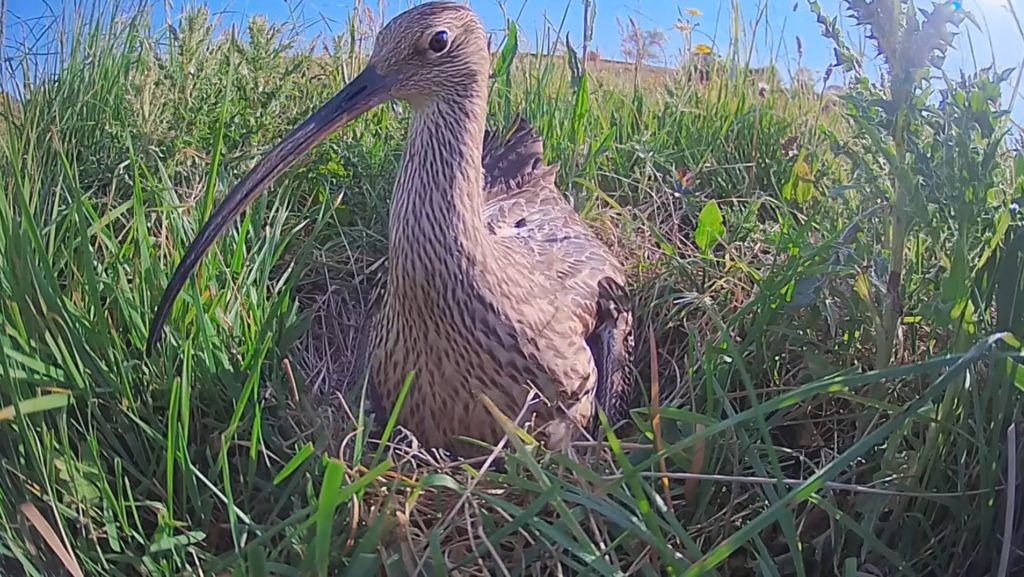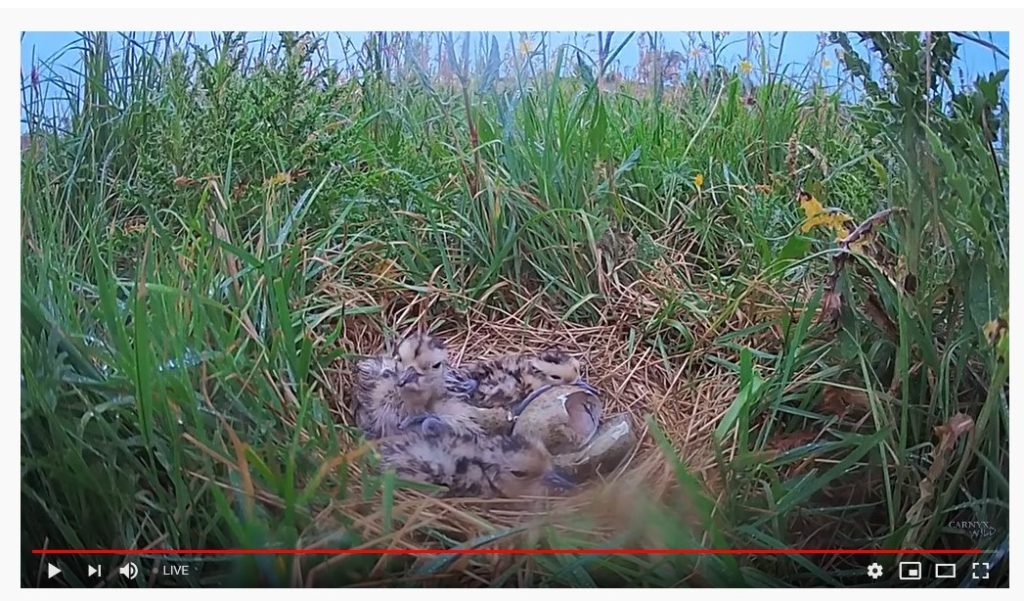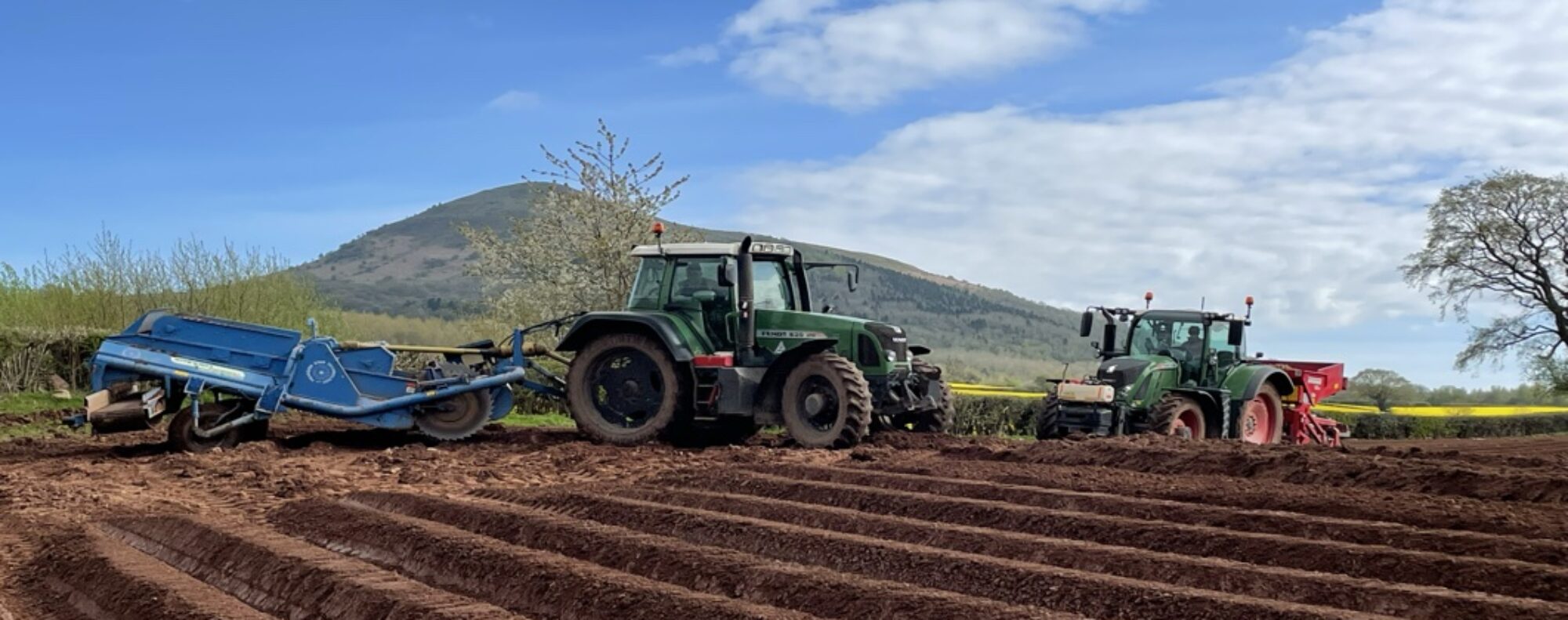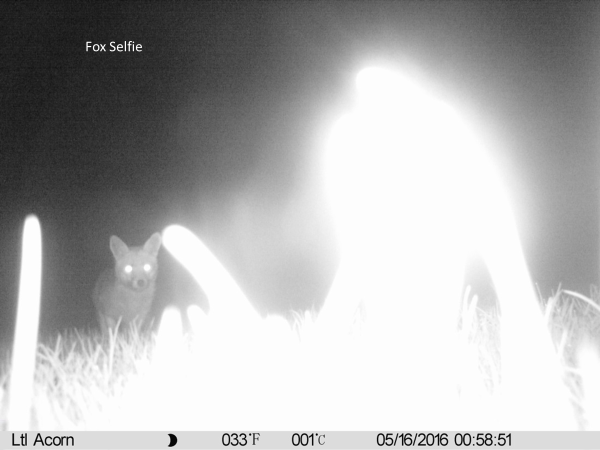An email, received from a tiny conservation organisation raising all its own funds seeking to conserve curlew, is published here as a guest blog
Throughout the year, Curlew Country is contacted for advice by many people wanting to help Curlews. Especially now. Right in the middle of breeding season.

Curlew brooding eggs (pic Curlew Country)
We want to help others but being such a small organisation having to put so much effort into fundraising, alongside running training sessions, it’s hard to deliver this support.
Last evening, I had a typical urgent plea for help from a farmer who had found a nest, and wanting to mow their hay crop, had returned to mark up the area around the nest. However, on their return, the chicks had hatched, dispersing into the long grasses now invisible but from their agitated parent birds.
Many farmers will find themselves in the same position of not being able to find the chicks, risk accidentally harming them if they do find them, and be concerned about the crop sacrificed to save them, in turn affecting their farm business’s “bottom line”. Even if saved by the mower, chicks will still be vulnerable to predation with little or no cover for them to hide in.
We have highlighted many times the results of our monitoring which has revealed that for curlew chicks to survive, they need both predation control and suitable habitat in which to nest and forage.

It is distressing to talk farmers through the implications, the limited chances of success, and the costs that they may face. Some plead with me to give them a solution, as they are so desperate to save the chicks but cannot withstand the financial loss of leaving some or part of a crop of grass un-harvested.
Our pioneering head-starting work, (incubating eggs and rearing chicks) was funded to save a local, but significant, population from dying out. Our farming partners are keen to do the same. But it’s fraught with tough issues.
I have just had another telephone conversation with someone requesting advice who has managed habitat improvements over a large area but suspects curlews are not surviving due to predation. The facts are harsh. Of 30 nests we monitored in 2015 and 2016 as well as protected from agricultural disturbance, only 6 nests hatched chicks but with no chicks survived to fully fledge.

The fox nocturnal (pic Curlew Country)
For this year, we are sad to report that the Curlew Cam chicks are presumed predated. The chicks hatched on Wednesday 3rd June and were radio-tagged the following morning. They remained close to the fenced area on Thursday, were found again in the field on Saturday but by Tuesday 9th June, we were unable to locate them. The adult behaviour was irregular, but didn’t confirm the loss. However, subsequent trips to locate the chicks have failed, the radio tags have gone out of range or been buried and the subsequent adult behaviour would seem to confirm the outcome.
After 5 years of work we are almost resigned to expect bad news, but we are still desperate to help Curlews survive and to give chicks a future.
Please help us to give our Curlews a future by donating to the Curlew Country project. We do not have enough funding for next year, but regular monthly donations will help us to underpin the project in the race against time to stop Curlews becoming extinct. Ends
Light edit, links and reduced wordage 24.6.20 by Rob Yorke (RY)
Commentary note from RY – if the Agriculture Bill is to pay farmers and land managers for public goods without tying them up in red tape – how would Environmental Land Management [ELM] schemes work for this? Do feed into Defra’s consultation now (till 31 July 2020)
Linked blog – Curlew collaborative

